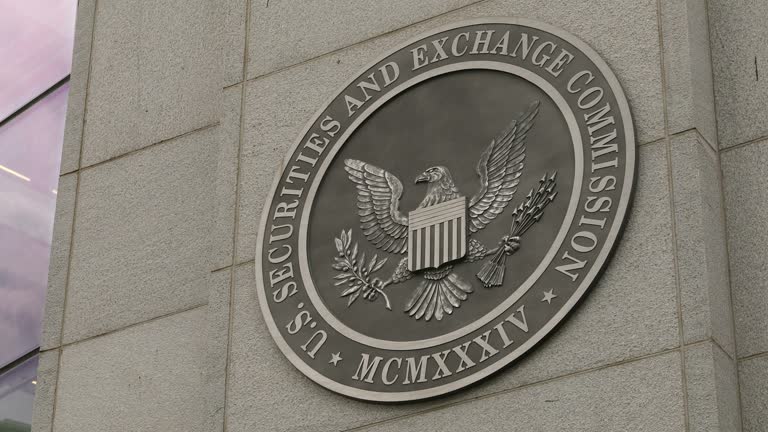Navigating the complexities of the financial market landscape requires a deep understanding of regulatory frameworks and the evolving dynamics of asset management. Recent developments have sparked debates around the principles guiding the approval of exchange-traded products (ETPs) by regulatory bodies. As the market continues to grow and evolve, understanding these dynamics is crucial for investors, companies, and regulators alike.
The Call for Reinforcement of First-to-File Principles in ETP Approvals
SEC’s Shift in Approval Strategy Sparks Concerns in the ETP Sector
Leading asset management firms VanEck, 21Shares, and Canary Capital have jointly petitioned the U.S. Securities and Exchange Commission (SEC) to revert to a regulatory approach that prioritizes exchange-traded product (ETP) applications based on the order of submission. This request highlights concerns that the SEC’s move away from the first-to-file principle could hinder innovation and create an unfair marketplace. The firms argue that the Commission’s current simultaneous approval practice might advantage larger asset managers, disadvantaging smaller or newer companies striving to innovate in the financial market.
In correspondence addressed to SEC Chairman Paul Atkins, the CEOs of these firms emphasized the historical benefits of the first-to-file principle, noting how it provided a level playing field for new entrants and encouraged a more dynamic market environment. The letter argues that this principle has been instrumental in allowing the ETP industry to grow to a substantial $15.4 trillion in investor assets.
While recognizing the administrative benefits of simultaneous approvals, especially in reducing workload for SEC staff, the petitioners stress the need for a return to the previous standard. By doing so, they hope to preserve the integrity and competitive nature of the U.S. ETP market.
Current Market Snapshot: Cryptocurrency Sector
As of the latest reports, the overall cryptocurrency market capitalization has surged to $3.22 trillion, marking a 2.41% increase over the past day. Trading volume has also seen an uptick, reaching $109.06 billion. This growth underscores the dynamic nature of the crypto market and the importance of regulatory clarity and unbiased product approval processes in fostering continued innovation and investment.
Understanding the Editorial Integrity of Financial Publications
Our editorial process at [Publication Name] is committed to producing content that is both well-researched and impartial. We adhere to stringent sourcing guidelines and ensure that each piece undergoes a thorough review by seasoned technology professionals and editors. This ensures that our content remains reliable, relevant, and valuable to our readers.
Is the SEC’s First-to-File Principle Essential for Fair Competition?
The first-to-file principle is considered vital by many in the industry as it fosters an equitable environment where smaller firms can compete with larger entities. It promotes innovation by offering first-mover advantages to those who act quickly and decisively.
Why has the SEC moved to Simultaneous Approvals?
The shift to simultaneous approvals might be seen as a strategic move to streamline processes and reduce the administrative burden on the SEC. However, it risks favoring larger firms over smaller, more innovative ones, thereby potentially stifling industry growth.
How Does the Current ETP Market Benefit from Simultaneous Approvals?
Simultaneous approvals can lead to faster market entries and potentially reduce bottlenecks for new products. However, it requires careful consideration to ensure it doesn’t inadvertently hinder competition and innovation, especially among smaller market players.
What Impact Does this Have on Crypto Markets?
Clear regulatory principles are critical for the sustainable growth of the cryptocurrency market. The approval processes for financial products, including those involving cryptocurrencies, need to strike a balance between regulation and innovation to foster a healthy market environment.
In understanding these developments, stakeholders can better navigate the challenges and opportunities presented by regulatory changes and the ever-evolving landscape of financial products.

